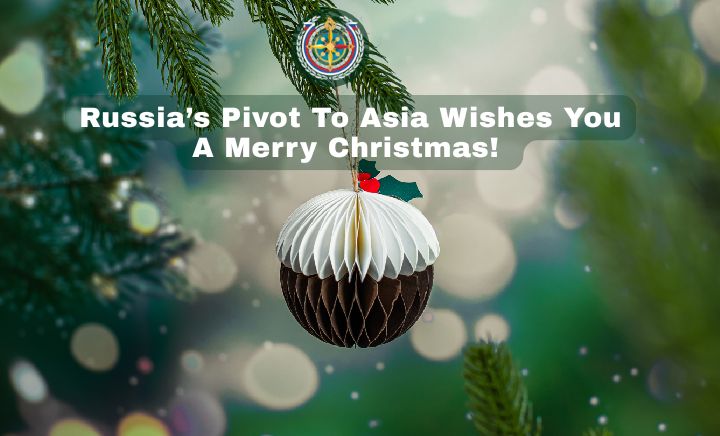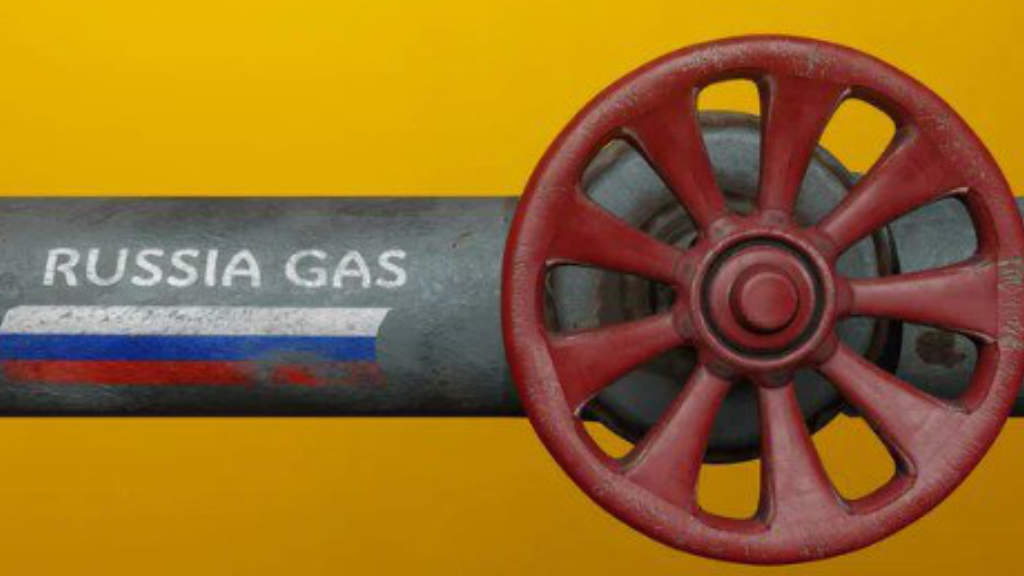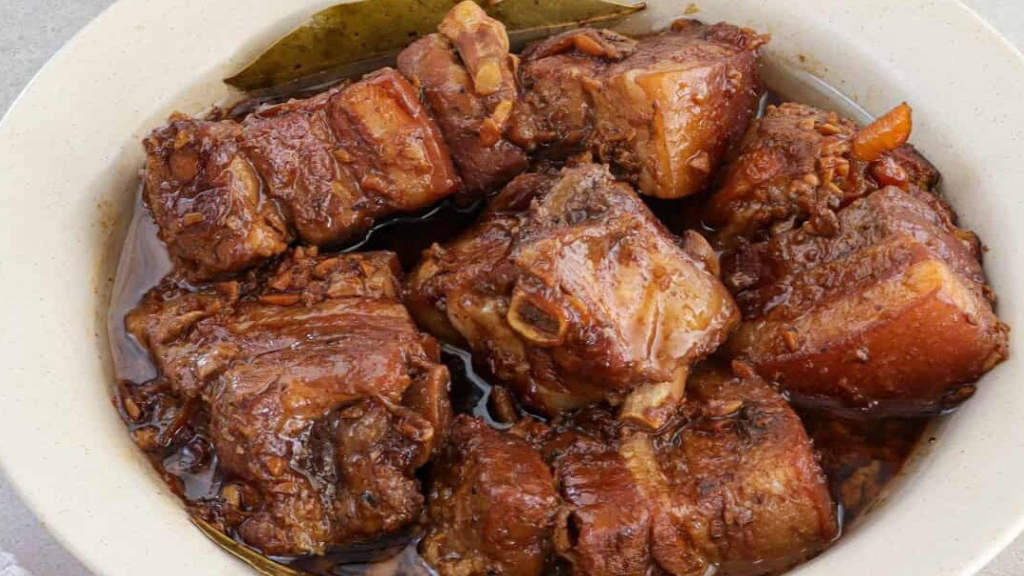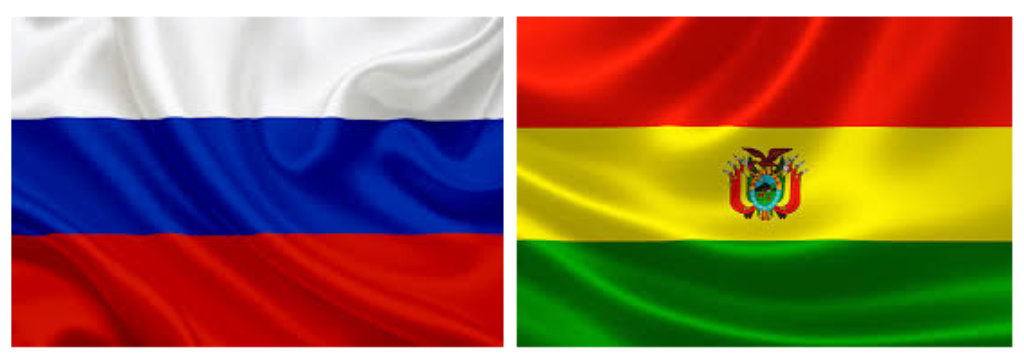
The Russian President, Vladimir Putin is set to hold talks with the Bolivian President, Luis Arce on Thursday (June 6) in St. Petersburg. This will be the first direct meeting between the two. They will discuss various issues of further development of bilateral cooperation in all areas, including the economy, and foreign policy.
The Kremlin stated that “the sides will also discuss Bolivia’s proposal to consider the country’s accession to BRICS, which has a special significance in view of Russia’s 2024 chairmanship.” The Presidents will first hold one-on-one talks, and then enjoy a working breakfast with respective delegations, with the Russian side represented by Foreign Minister Sergey Lavrov, Finance Minister Anton Siluanov, Energy Minister Sergey Tsivilev, Director of the Federal Service for Military-Technical Cooperation Dmitry Shugayev and Rosatom CEO Alexey Likhachev.
The Russian Foreign Minister, Sergey Lavrov undertook a Latin American tour in mid-2023 and met with Bolivian counterpart Rogelio Mayta in the Venezuelan capital Caracas. They introduced a new trade transaction system to drop the US dollar and Euro and carry out international commercial transactions using the Russian Ruble and the Bolivian Boliviano instead.
Mikhail Ledenyov, the Russian ambassador to Bolivia, stated that “Financial operations can now be carried out using national currencies. Direct correspondent accounts in Rubles and Bolivianos were opened between Gazprombank and Union, the largest Bolivian state-owned bank.” This modality of international trade is possible thanks to agreements that monetary authorities reached after holding several virtual meetings last year.
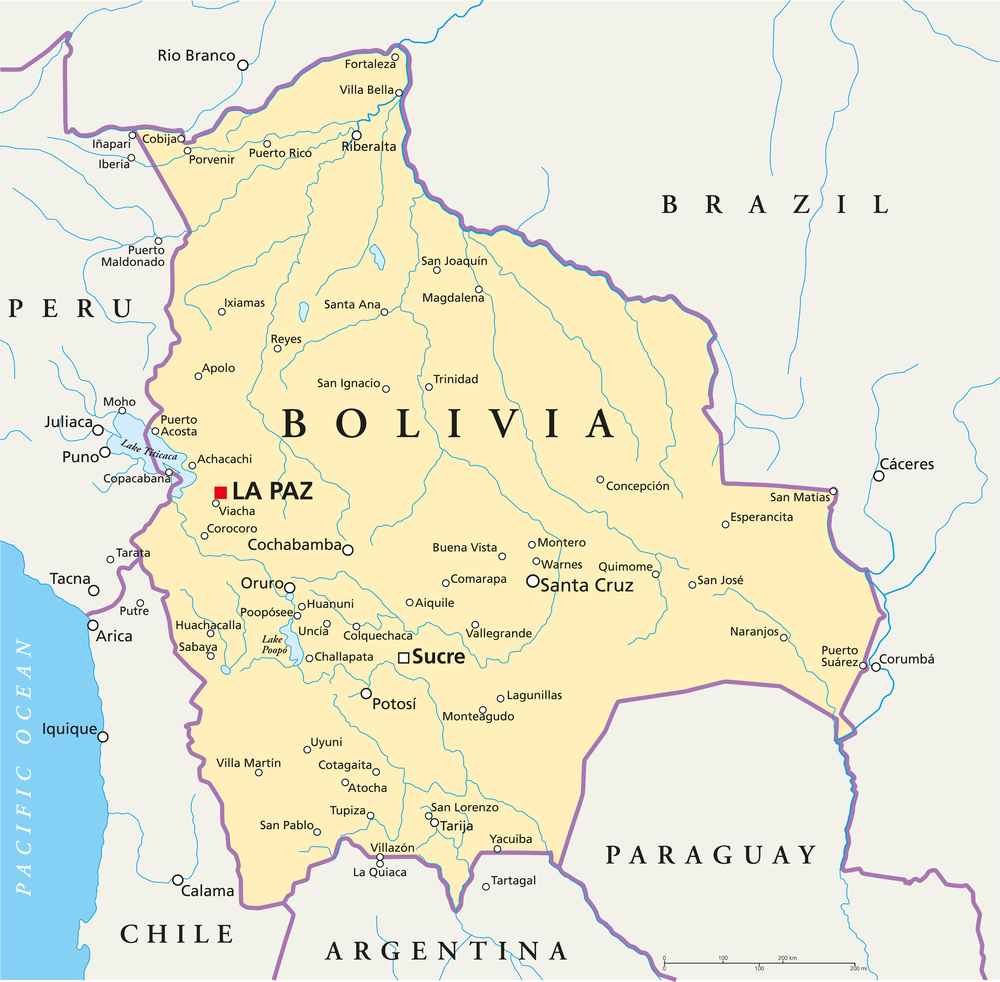
Lendenyov said that this facilitates the work of Russian companies in the Andean market. The diplomat also mentioned that Bolivian companies are interested in exporting tropical fruits, soybeans, wine, alcoholic beverages, coffee, lithium, tin, gold, and silver to Russia. To achieve this goal, they are intensifying consultations with the embassy to establish direct contacts with Russian companies.
Current bilateral trade is running at about US$120 million per annum with Russia exporting the bulk of this. However, Moscow is on the lookout for new agricultural partners meaning Bolivian exporters now have the opportunity to increase their share. Another key trade area likely to receive a boost is lithium carbonate, a critical component in the growing electric vehicle and renewable energy sectors. Chile, together with Argentina, last year halted lithium carbonate shipments to Russia, a move that now places Bolivia as a key supplier for Russia’s lithium needs. Bolivia has the world’s largest lithium reserves, a key component in battery manufacturing. China’s EV auto industry is already active in Bolivian lithium mining.
The main products that Russia exports to Bolivia are Vaccines, blood, antisera, toxins and cultures, Refined Petroleum, and Packaged Medicaments. The main products that Bolivia traditionally exports to Russia are Carbonates, Inorganic Salts, Coconuts, Brazil Nuts, and Cashews.
The two countries have previously stated their commitment to “upholding the central role of the UN and the principles of international law,” noting that they also touched upon issues related to the current development of integration processes in Latin America and the Caribbean. Russia’s 2023 Foreign Policy Concept, which came into immediate effect earlier this month, makes specific reference to the Latin American regions as an area to be targeted. Moscow has been quick to follow this through. Bolivia’s 2023 GDP growth rate was 4.86%. The country is an associate of the Mercosur regional free trade bloc, which also includes Brazil, the leading BRICS member in Latin America and its largest economy.
Further Reading
Russia & Latin America 2024
Our 2024 Russia’s Pivot To Asia Guide features comprehensive discussions on Russia’s relationship with Latin America, including with Argentina, Brazil, Chile, Ecuador, Nicaragua, and Venezuela. It is a complimentary download and can be accessed in English here and Russian here.
